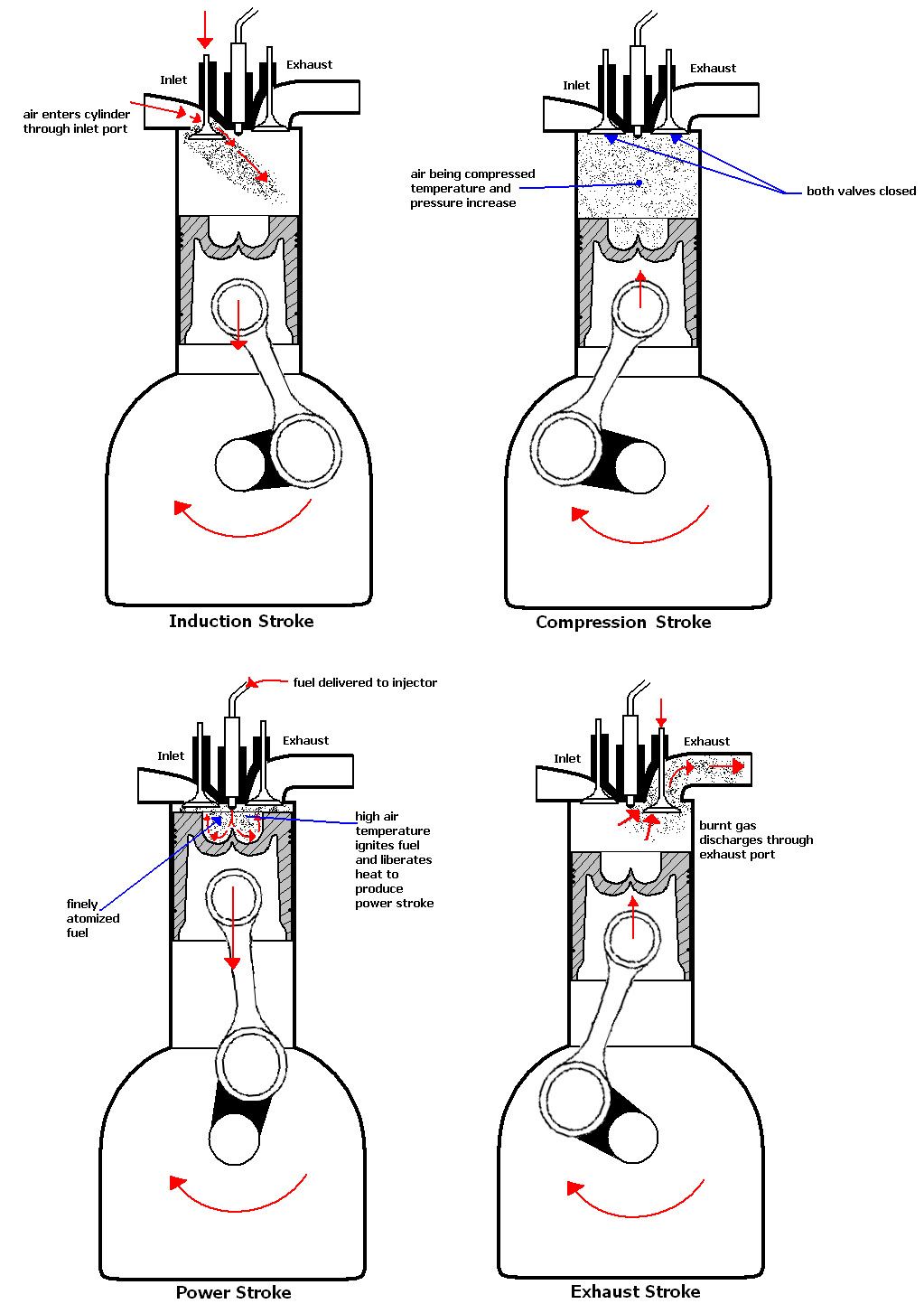“While no single step can reverse the effects of climate change, we have a moral obligation to future generations to leave them a planet that is not polluted and damaged. Through steady, responsible action to cut carbon pollution, we can protect our children’s health and begin to slow the effects of climate change so that we leave behind a cleaner, more stable environment. ”
-Barack Obama
Initiatives that the President plans to take in order to make a safer and stable environment include cutting carbon pollution in the US, preparing the US for impacts in the climate change, and lead international efforts to combat global climate change and prepare for its impacts.
1. Cutting carbon pollution in the US
The US government is firm on trying to make consumers use clean energy. This means that in the future there will be federal requirements that need to be met. For example, power plants are the highest producers of carbon emissions in the United States. There are many state requirements on emission control and pollution, but none stating the amount of emissions allowed. The government plans to draft standard to which these power plants will have to abide by in order to continue business.
Next, President Obama is stressing the importance of renewable energy. Solar, wind, and hydropower are essential to creating a more stable environment. He has set goals for the US to meet by 2020 and hopes to surpass them. Other processes that Obama is looking to secure is long-term investments from consumers in order to further irrigate the flow of low emission technology. The capital will go towards and updated grid, cutting energy waste, more fuel efficient homes and cars, and reducing methane emissions in the US.
2. Preparing the US for impacts of climate change
In order to prepare the US for these changes they must start by building stronger and safer communities and infrastructure. The specifics included Directing Agencies to Support Climate-Resilient Investment, Establishing a State, Local, and Tribal Leaders Task Force on Climate Preparedness, Supporting Communities as they Prepare for Climate Impacts, Boosting the Resilience of Buildings and Infrastructure, Rebuilding and Learning from Hurricane Sandy, and Providing a Toolkit for Climate Resilience. By innovating city infrastructure and constantly inventing new technology through funding the US can become more efficient and resilient.
It is one thing for the Government to know how to properly implement new technology in order to keep the US ready for climate change, but they need to know how to teach people how to prepare as well. Through this second initiative Obama can show consumers how to properly prepare for the impact of changes in the climate.
3. Lead International Efforts to Address Global Climate Change
The third initiative that Obama wants the Government to focus on is getting foreign countries to comply with the standards set domestically. The tasks involved include Enhancing Multilateral Engagement with Major Economies, Reducing Emissions from Deforestation and Forest Degradation, The U.S. Africa Clean Energy Finance Initiative, The U.S.-Asia Pacific Comprehensive Energy Partnership(Both of which are financed by the Government and will help reduce emissions), Negotiating Global Free Trade in Environmental Goods and Services, and Strengthening Global Resilience to Climate Change.
It will be a tedious tasks to negotiate with many countries abroad, but historically many foreign markets are willing to be more energy efficient. By 2020, the US hopes to have a more stable environment along with many agreements between emerging markets to keep the Earth healthy and safe.


